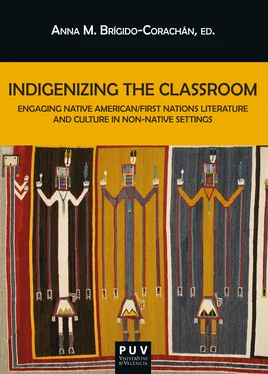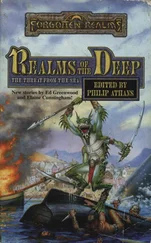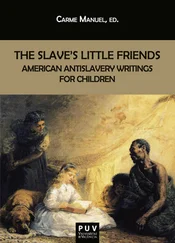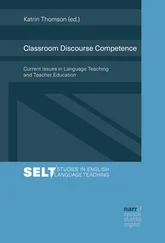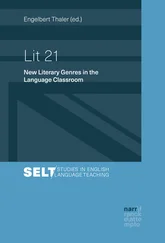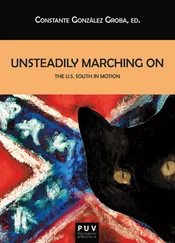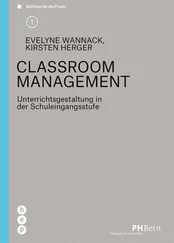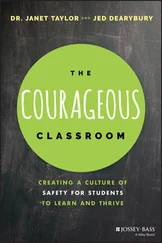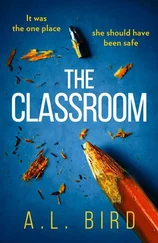In addition to Allen, Smith, and Reder and Morra’s efforts, many other works have contributed to these ongoing conversations and continue to provide enlightening food for thought. Among these we would like to mention Maria Battiste’s edited volume Reclaming Indigenous Voice and Vision (2000), Devon Mihesuah’s Indigenizing the Academy (2004), Margaret Kovach’s Indigenous Methodologies: Characteristics, Conversations, and Contexts (2010), Annette Portillos’s essay “Indigenous-centered Pedagogies” (2013), Channette Romero’s “Teaching Native American Literature Responsibly in a Multiethnic Course (2014), or Louie, Poitras, Pratt, Hanson and Ottman’s “Applying Indigenizing Principles of Decolonizing Methodologies in University Classrooms” (2017).
As Louie, Poitras-Pratt, Hanson, and Ottman poignantly state, “the modern university is the epitome of ‘Western’ institutions, having played a key role in the spread of empire and the scientific study and colonization of Indigenous peoples and cultures” (17). Although they refer to Canadian universities, this predicament applies to many academic institutions throughout the Western world, most of which continue to exclude non-Western knowledge and practice from the curriculum.
To counter such potentially distorted representations and colonialist readings in other parts of the world beyond North America, where cultural assumptions, clichés, and misinterpretations can be more frequently encountered, our collective volume Indigenizing the Classroom: Engaging Native American/First Nations Literature and Culture in non-US Settings , presents a strategic selection of critical case studies that set specific texts within cross-cultural pedagogical contexts wherein Native-based methodologies and key concepts are placed at the center of the reading practice. We believe that keeping tribal contexts and specificity upfront is key to guiding students responsibly and ethically through these literary works but we also consider that the conversations these texts and contexts stir, when set in conversation with other major and minor non-Native literary voices, cannot be ignored. These dialogues can enrich global debates on national and local identity, colonialist histories, comparative gender and sexuality, racism, power, environmentalism, or social justice, and our hope is to add more theoretical and practical ideas to these ongoing transnational conversations. We contend that Native American texts bring indigenizing power to non-Native classrooms but teachers also play a key role as decolonizing guides and cross-cultural mediators so that the tribal particularities, interests, political struggles, and cultural perspectives of each individual text are not lost nor appropriated.
This book thus provides a set of critical analyses and practical resources that may enable teachers outside the United States and Canada to incorporate Native North American literature and related cultural and historical texts into their teaching practices and current research interests in a responsible, decolonizing, and creative manner. And, of course, these theoretical and methodological reflections, activities, and resources can also be applied to the teaching of Indigenous literatures in North American classrooms since, as LaLonde argues here, most US colleges and institutions are also a “foreign context” where a majority of non-Native students (and teachers) rely on stereotypical imaginaries and cultural assumptions. The challenging role of teachers and researchers as potential intermediaries and responsible disseminators of “transnational literacy” (Spivak 1992) as well as the adequate reception of Native North American works, contexts, and themes by international or “foreign” readers thus become a primary focus of attention.
The volume strategically opens with Philip Round’s “Pedagogies of Language Sovereignty,” which traces a linguistic map of cultural distinctiveness through the Native Americas. Round’s pedagogical method is articulated around the idea of language sovereignty, an Indigenous-centered approach that can be used by non-Native students in the United States and in other parts of the world. Round’s pedagogies of language sovereignty set traditional language revitalization and use as a key source of cultural and historical identity driving contemporary Native North American literature. This is the case when these literary works are written in autochthonous languages but also when they are conveyed through the settler colonial language, the “enemy’s language” (Harjo and Bird’s term 1997)—an American English that is strongly shaped by Native thought and expression and through its connections to a specific landscape. When this idea is applied to the classroom, Native nations’ linguistic uniqueness “translates into a focus on the Indigenous writer’s use of words in ways that speak to general difference in their communities” (Round). Native works are thus not explored merely on the basis of structure, themes, or political drive. Their specific intellectual traditions and linguistic forms of expression are central to the approach.
If Round’s essay measures the distinctiveness of Native literatures through their linguistic and land-based features, Chris LaLonde’s chapter urgently positions place as a crucial element of Indigenous-centered approaches in the study of Native North American literatures: “place matters.” A teaching strategy he strongly recommends to highlight tribal specificity is to focus on one single Native literary tradition throughout the semester and, with that end in mind, he sets Anishinaabe literary works as an example. Place-based understandings of literature stress the intricate and fundamental ways in which people and place are connected in Native American philosophies and practices. LaLonde contends that the White Earth Reservation, placed between other Anishinaabe reservations, functions as a contact zone of sorts, a connecting space “where multiple forest-types and ecosystems meet and mingle” while Annishinaabe literary texts become another contact zone —“a place where we might unlearn so that we can begin to learn something about White Earth, the people, their literary texts, and indigeneity” (see LaLonde’s chapter in this volume). Furthermore, LaLonde brings our attention to Anishinaabe cultural practices such as trickster-like tactics and effects, storytelling, and performative techniques that can be effectively applied in the classroom. He also explores Vizenor’s Ghost Dance of “continental liberty” (Vizenor 2009), which he presents as a way to maintain cultural specificity, land, resistance, and sovereignty at the center of Native North American literatures when these are engaged as World Literature or in other parts of the world. Like LaLonde, we believe that applying these Indigenous techniques and methodologies “means unlearning the classroom and the academy” (LaLonde in book) and that a valuable tool to do this effectively is to present these texts with pleasure, commitment, and enthusiasm.
Gabriela Jeleńska’s chapter entitled “Buffalo Man” reflects on recent pedagogical experiences she had when teaching traditional Native American myths and tales to her university students in Poland. Through some of her students’ reactions, she discusses the challenges of applying a “tribally informed” approach that is also open to an “empathetic-intuitive response” that allows students to engage the text through personal emotion and pleasure. Her results show that balancing these two methodologies, an Indigenous-centered focus and a personal response, is a fragile and challenging undertaking, for students’ own cultural and moral preconceptions may end up shaping their interpretation of the text. According to her, this may happen even when the specific tribal context has been thoroughly laid out for them because some non-Native readers may choose to resist it. Ultimately, Jeleńska’s classroom activities vindicate the importance of stories to understand our world and other worlds but she also instils caution, for what may work for a group of students in a specific academic institution may not work for another group just a year later.
Читать дальше
